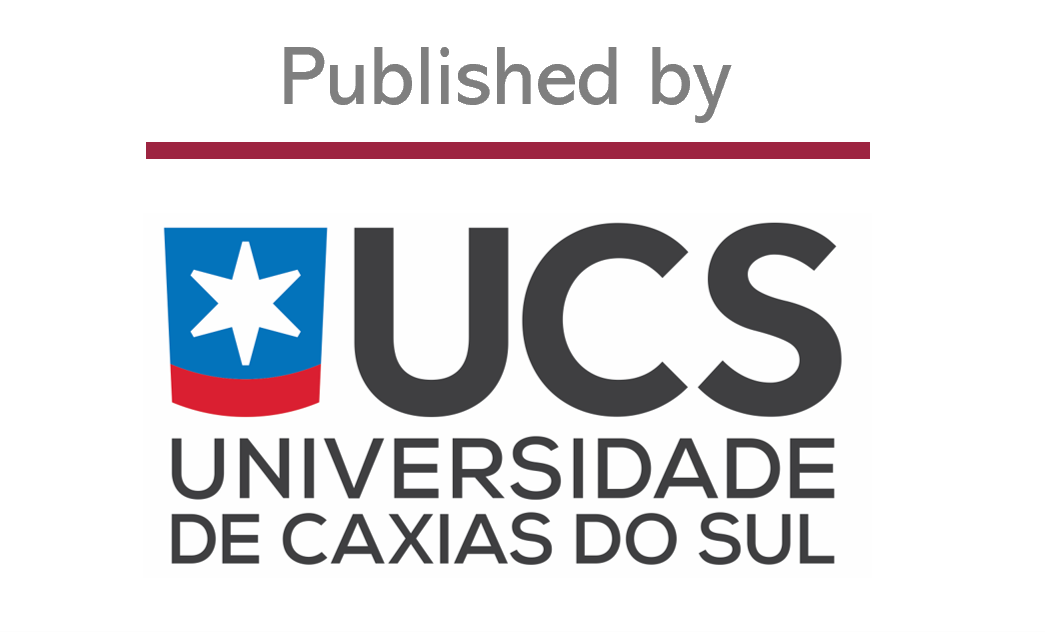Estimation of partition coefficients (Kd) of polycyclic aromatic hydrocarbons in fractured aquifer
DOI:
https://doi.org/10.18226/23185279.e251428Keywords:
Contaminant behavior, environmental monitoring, retardation, partition coefficient, TPHAbstract
In the period between 2016 and 2021, after remediation and risk assessment in an industrial area contaminated by polycyclic aromatic hydrocarbons (PAH), groundwater quality control was promoted, using a network consisting of 8 monitoring wells. Monitoring of the environmental recovery stage was certified by the substances: TPH, o-Xylene, 1,2,4Trimethylbenzene, Naphthalene, Xylenes, Phenanthrene, Anthracene, Chrysene, Benzo(a)pyrene and Total PAHs. The focus of the evaluation was on well PM03, given its greater representativeness and proximity to a residual source of contamination. Water circulation at this interface occurs mainly in a fractured environment belonging to the Serra Geral aquifer system. At this point, the substances of interest showed different migration speeds (Vcont) and attenuation (Vr). Based on the determination of total (n), effective porosity (ƞef), hydraulic conductivity (K) and the relationship between the advective flow velocity of water (Vr) and contaminants (Vcont), the retardation factors (R) and the partition coefficients (Kd).
Downloads
Published
How to Cite
Issue
Section
License
Copyright (c) 2025 Fernando Eduardo Boff, Amanda Brisotto Clemes, Jardel Kappaun Cocconi, Bernardo Mokan Maffessoni, Letícia Oliboni

This work is licensed under a Creative Commons Attribution 4.0 International License.
Declaração de originalidade e cessão de direitos autorais
Declaro que o presente artigo é original, não está sendo tendo sido submetido à publicação em qualquer outro periódico nacional ou internacional durante o processo de revisão. Através deste instrumento, em meu nome e em nome dos demais co-autores, porventura existentes, cedo os direitos autorais do referido artigo à revista SCIENTIA CUM INDUSTRIA. Contudo, a reprodução total ou parcial impressa ou eletrônica pode ser feita desde que o autor comunique oficialmente à revista. Declaro estar ciente de que a não observância deste compromisso submeterá o infrator a sanções e penas previstas na Lei de Proteção de Direitos Autorias. Declaro estar ciente de que a não observância deste compromisso submeterá o infrator a sanções e penas previstas na Lei de Proteção de Direitos Autorias (Nº9610, de 19/02/1998).




